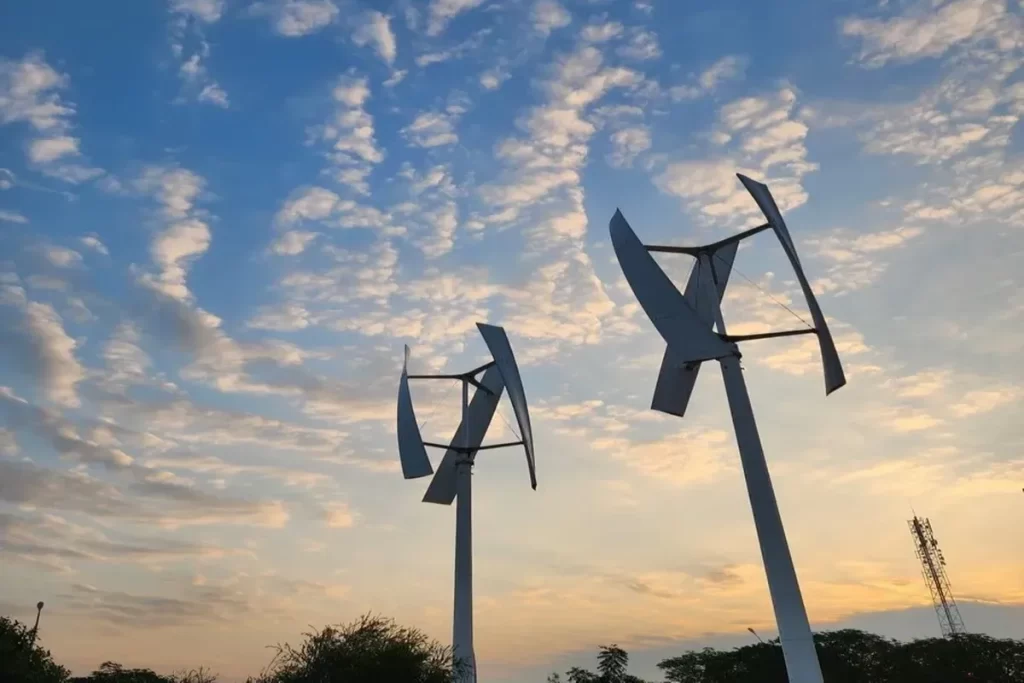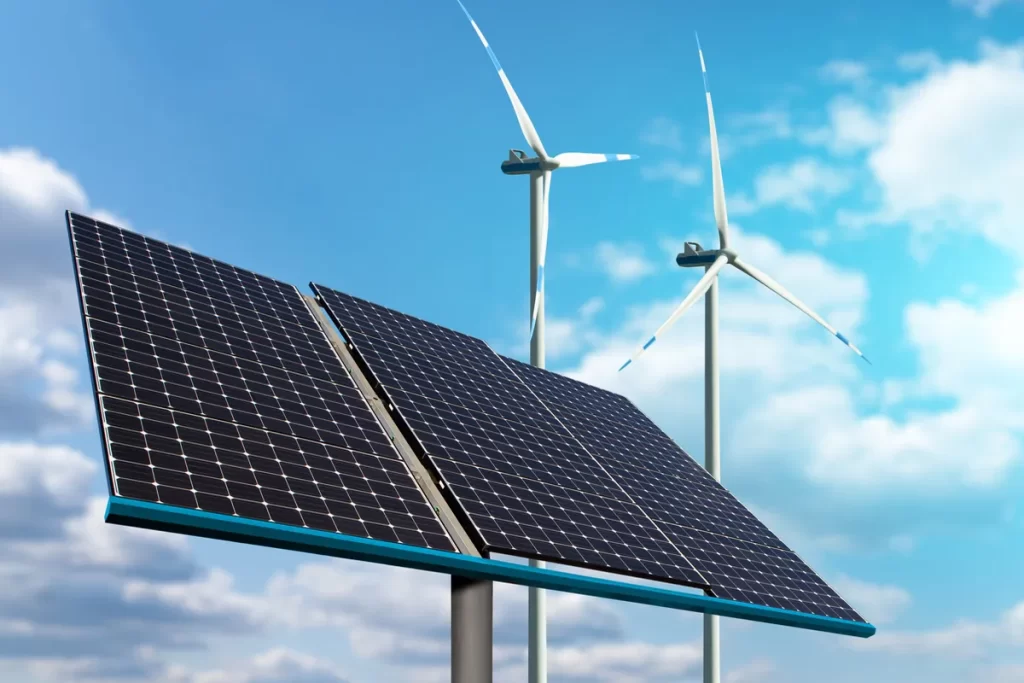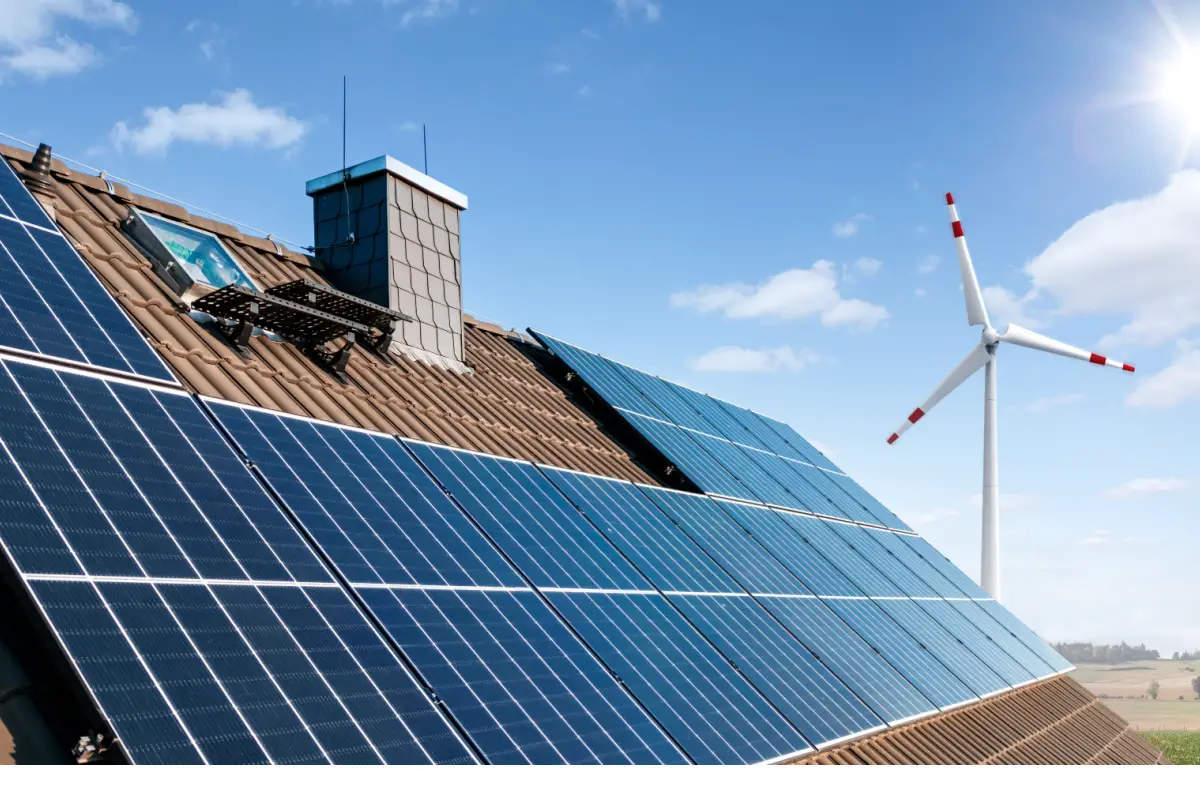As the world continues to grapple with the effects of climate change and seeks ways to reduce our carbon footprint, renewable energy sources are becoming more important than ever. Wind energy, one of the fastest-growing renewable energy sources, has seen a significant increase in popularity and adoption in recent years. This leads to the question: can wind turbines be used for homes?
The short answer is yes, wind turbines can be an effective and sustainable energy solution for residential use. However, there are various factors to consider when deciding if a wind turbine is suitable for a specific home, such as wind potential, type of turbine, installation costs, and local regulations. This blog post will delve into the different types of wind turbines, assess their feasibility for residential use, and explore the installation process, costs, environmental impact, and return on investment. By the end of this post, you should have a better understanding of whether a wind turbine could be a viable option for your home.
Types of Wind Turbines
Wind turbines come in various shapes and sizes, each with its own set of advantages and disadvantages. For residential use, it is crucial to select the right type of wind turbine that suits your home’s needs and location. There are two main types of wind turbines: horizontal-axis wind turbines (HAWTs) and vertical-axis wind turbines (VAWTs).
Choosing the right turbine for residential use
When selecting a wind turbine for your home, consider factors such as your location, available space, local regulations, and your energy needs. HAWTs may be more suitable for rural areas with ample space and higher wind speeds, while VAWTs can be a better fit for urban settings or homes with limited space. It is essential to consult with a professional to determine the best wind turbine option for your specific situation.
Horizontal-axis wind turbines (HAWTs)
- Description and features: HAWTs are the most common type of wind turbine, characterized by a rotor with two or three blades that face into the wind. These turbines typically have a tall tower to lift the rotor high above the ground, where wind speeds are higher and more consistent.
- Advantages and disadvantages: HAWTs are generally more efficient and can produce more power than VAWTs. However, they require a higher initial investment, and their large size can make them less suitable for residential areas with limited space or height restrictions.
Vertical-axis wind turbines (VAWTs)
- Description and features: VAWTs have a vertically oriented rotor with blades that move around a central axis. They can capture wind from any direction without needing to reorient themselves. Some common VAWT designs include the Savonius and Darrieus types.
- Advantages and disadvantages: VAWTs are often more compact, quieter, and easier to maintain than HAWTs, making them a popular choice for urban and residential environments. However, they are generally less efficient and produce less power than HAWTs.

Assessing Wind Potential and Feasibility
Before investing in a residential wind turbine, it is crucial to evaluate the wind potential at your property and determine if it is a feasible option for generating power.
Factors to consider
- Wind speed and consistency: To generate a significant amount of power, wind speeds of at least 5-6 meters per second (11-13 miles per hour) are typically necessary. Wind speeds can vary greatly depending on your location and surrounding terrain.
- Location and surrounding terrain: Your property’s topography, nearby structures, and vegetation can significantly affect the wind flow. Open, flat areas or elevated sites are generally more favorable for wind turbines.
Tools and resources for assessing wind potential
Various online resources and tools can help you evaluate your property’s wind potential, such as wind resource maps and wind speed calculators. It is also advisable to consult with a wind energy professional to obtain a more accurate assessment.
Local regulations and permitting
Before installing a wind turbine, it is essential to check your local zoning ordinances and permitting requirements, as these can vary widely depending on your area. Some localities may have height restrictions, noise limits, or setback requirements that could impact your wind turbine installation
Residential Wind Turbine Installation
Once you’ve determined that a wind turbine is a viable option for your home, it’s time to consider the installation process and decide between a grid-tied or off-grid system.
Grid-tied vs. off-grid systems
Grid-tied systems connect your wind turbine to the local power grid, allowing you to draw electricity from the grid when your turbine isn’t producing enough power and feed excess power back to the grid. Off-grid systems, on the other hand, require energy storage solutions, like batteries, to store excess power for use when the wind isn’t blowing.
The installation process
- Site preparation: Choose the optimal location for your wind turbine based on your wind resource assessment and local regulations. You may need to clear the area of obstructions or construct an access road for equipment and maintenance.
- Equipment and labor requirements: Depending on the size and type of wind turbine, you may need specialized equipment and a professional installation team to erect the tower, assemble the turbine, and install the necessary electrical components.
- Connection to the power system: For grid-tied systems, an electrician will need to connect your wind turbine to the grid through an inverter and ensure it complies with local electrical codes. For off-grid systems, you’ll need to set up an energy storage solution and connect it to your home’s electrical system.

Maintenance and monitoring
Regular maintenance and monitoring are crucial to ensure the efficient operation of your wind turbine. Some tasks include inspecting the blades, checking bolts and connections, and monitoring the electrical system.
Cost and Return on Investment
Factors influencing the cost of residential wind turbines
The cost of a residential wind turbine depends on the size, type, tower height, and installation complexity. Additional costs may include permitting fees, site preparation, and electrical work.
Available incentives and tax credits
Various incentives and tax credits are available to help offset the initial investment in residential wind turbines. Check your local and national programs to see what financial assistance may be available.
Calculating payback period and return on investment
To determine the payback period and return on investment for your wind turbine, consider factors such as installation costs, annual energy production, maintenance costs, and available incentives. A shorter payback period and a higher return on investment indicate a more cost-effective solution.
Environmental and Aesthetic Considerations
Noise and shadow flicker
Modern wind turbines are designed to minimize noise, but it is essential to consider the potential impact on your neighbors. Shadow flicker, caused by the blades passing in front of the sun, can also be a concern, so proper siting and design choices can help mitigate these issues.
Impact on wildlife
Wind turbines can have an impact on wildlife, particularly birds and bats. Choose a site that minimizes potential conflicts with local wildlife and follow best practices for responsible wind energy development.
Visual impact and community acceptance
The visual impact of a wind turbine can be a concern for some homeowners and their neighbors. Open communication and cooperation with your community can help address these concerns and promote acceptance of residential wind turbines.
Frequently Asked Questions
How much Electricity do Wind Turbines generate?
Are Wind Turbines Cheaper than Solar Panels?
What Country has the Most Wind Turbines?
How Much Does a Windmill Cost?
What Are the Different Types of Wind Turbines, and How Do They Work?

